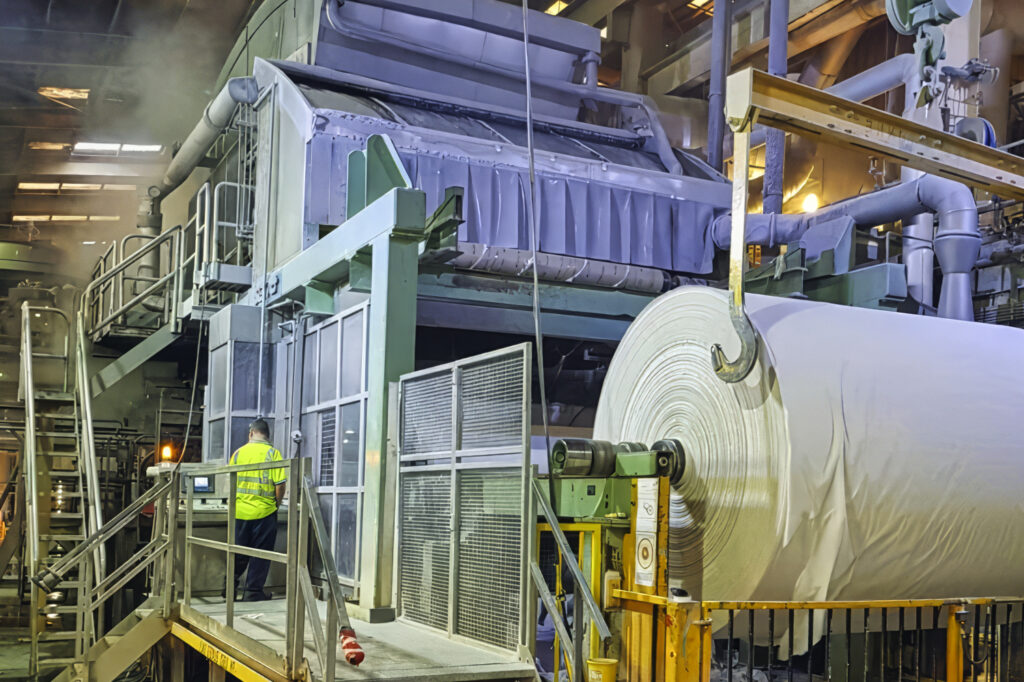Paper and Cardboard Recycling in Australia
Paper and Cardboard Recycling in Australia
The State of Paper & Cardboard Recycling in Australia 2024

Introduction
Australia’s recycling industry is a cornerstone of the nation’s environmental conservation efforts, playing a pivotal role in sustainable waste management. Paper and cardboard recycling, in particular, is essential due to the high consumption rates and the significant environmental benefits of recycling these materials. As suppliers of products and systems to the paper and cardboard recycling industry in Australia, we offer an in-depth look into the current state of the industry, exploring its processes, benefits, challenges, and future prospects.
The Importance of Paper and Cardboard Recycling
Paper and cardboard are ubiquitous in daily life, used extensively in packaging, printing, and various commercial applications. Recycling these materials is crucial for several reasons:
- Resource Conservation: Recycling paper saves trees and reduces the demand for virgin pulp, preserving forests and biodiversity.
- Energy Savings: It requires less energy to produce paper from recycled materials than from raw wood pulp.
- Waste Reduction: Recycling diverts significant amounts of waste from landfills, reducing environmental pollution.
Current State of Paper and Cardboard Recycling in Australia
Recycling Rates
As of 2023, Australia demonstrates strong participation in paper and cardboard recycling, but there is still room for improvement:
- Paper and Cardboard Recovery: Approximately 60% of all paper and cardboard products are recovered for recycling.
- Packaging Materials: The recycling rate for paper-based packaging materials is higher, at around 70%.
These figures indicate a solid foundation but also highlight the potential to increase recovery rates, particularly for non-packaging paper products.
Infrastructure and Capacity
Australia has developed an extensive infrastructure to support paper and cardboard recycling:
- Processing Facilities: Numerous recycling plants across the country are equipped with advanced technology for sorting, pulping, and processing recycled paper.
- Collection Systems: Curbside recycling programs and commercial collection services facilitate the efficient gathering of paper waste from households and businesses.
As suppliers to this industry, we provide essential equipment and systems that enhance the efficiency of these facilities, contributing to increased capacity and technological advancement in paper recycling.
The Paper and Cardboard Recycling Process
- Collection: Paper and cardboard waste is collected from residential, commercial, and industrial sources through curbside programs and dedicated collection services.
- Sorting: The collected materials are sorted at Material Recovery Facilities (MRFs) to separate paper and cardboard from other recyclables and contaminants.
- Shredding and Pulping: The sorted paper is shredded and mixed with water to create a pulp, breaking down the fibers.
- Cleaning and De-inking: The pulp is cleaned to remove inks, adhesives, and other contaminants, often using flotation, washing, or screening techniques.
- Refining and Bleaching: The clean pulp may be refined to improve fiber quality and bleached if white paper production is desired.
- Papermaking: The processed pulp is then spread onto screens and dried to form new paper products.
Our products and systems play a critical role in several stages of this process, particularly in sorting, pulping, and cleaning operations, where efficiency and precision are crucial.
Benefits of Paper and Cardboard Recycling
Environmental Benefits
- Resource Conservation: Recycling one tonne of paper saves approximately 13 trees, 26,500 liters of water, and reduces the need for new raw materials.
- Energy Savings: It saves about 4,000 kWh of energy per tonne compared to producing paper from virgin materials.
- Emission Reduction: Recycling paper reduces greenhouse gas emissions by avoiding methane generation from decomposing paper in landfills.
Economic Benefits
- Job Creation: The recycling industry supports employment across collection, processing, and manufacturing sectors.
- Cost Savings: Using recycled paper can reduce production costs for manufacturers due to lower material expenses.
- Industry Growth: Demand for recycled paper products drives innovation and investment in recycling technologies and infrastructure.
By supplying advanced equipment and systems, we contribute to amplifying these benefits, enabling the industry to operate more sustainably and economically.
Challenges Facing the Industry
Contamination
- Mixed Materials: Contaminants such as plastics, metals, and food residues can degrade the quality of recycled paper.
- Quality Control: Ensuring high-quality recycled paper requires effective sorting and cleaning to remove impurities.
Our advanced sorting and processing systems address these challenges by improving the accuracy of material separation and reducing contamination levels.
Market Fluctuations
- Export Restrictions: Changes in international policies, such as China’s National Sword policy, have impacted the export of recycled materials.
- Price Volatility: Fluctuations in the global market prices for recycled paper can affect the profitability of recycling operations.
Public Awareness and Participation
- Consumer Behavior: Inconsistent recycling habits and a lack of knowledge about proper recycling practices hinder collection rates.
- Education Campaigns: Ongoing public education is essential to promote correct recycling methods and increase participation.
Technological Limitations
- Composite Materials: The increasing use of composite packaging, such as paper combined with plastics or metals, complicates the recycling process.
- Investment Needs: Upgrading facilities with the latest technology requires significant capital investment.
By providing innovative solutions and supporting technological advancements, we help recycling facilities overcome these limitations, ensuring they can process a broader range of materials more efficiently.
Government Initiatives and Policies
National Waste Policy Action Plan 2019
The Australian government has set ambitious targets to enhance waste management and resource recovery:
- Waste Reduction: Aiming to reduce total waste generation by 10% per person by 2030.
- Resource Recovery: Striving for an 80% average resource recovery rate from all waste streams by 2030.
- Domestic Processing: Encouraging the development of domestic recycling facilities to process waste locally.
Export Bans on Waste Paper
- Waste Export Ban: As of July 2024, Australia will ban the export of mixed waste paper and cardboard, promoting domestic recycling and processing.
- Infrastructure Investment: The government is investing in recycling infrastructure to handle the increased volume of materials processed locally.
These policies stimulate the growth of the domestic recycling industry, creating opportunities for suppliers like us to support expanding infrastructure needs.
Innovations and Future Prospects
Technological Advancements
- Automation and AI: Implementation of automated sorting systems utilizing artificial intelligence improves efficiency and material purity.
- Advanced Pulping Techniques: Innovations such as enzymatic pulping and de-inking offer more efficient and environmentally friendly processing methods.
- Recycling of Composite Materials: Research is ongoing into technologies that can separate and recycle composite paper products.
Our commitment to innovation ensures that we offer the latest technologies to recycling facilities, keeping them at the forefront of efficiency and environmental performance.
Circular Economy Approach
- Design for Recycling: Encouraging manufacturers to design paper products that are easier to recycle, avoiding the use of non-recyclable additives.
- Extended Producer Responsibility (EPR): Policies that hold producers accountable for the end-of-life management of their products, promoting sustainable practices.
Industry Collaboration
- Partnerships: Collaboration between government entities, industry players, and community organizations is crucial for enhancing recycling rates and developing innovative solutions.
- Investment in R&D: Increased funding for research and development is essential to improve recycling technologies and processes.
We actively participate in industry collaborations and invest in research and development to contribute to the industry’s sustainable future.
Conclusion
Paper and cardboard recycling in Australia is a critical component of the nation’s sustainability efforts and environmental stewardship. While significant progress has been made, there remains substantial potential to expand recycling efforts and improve recovery rates. By addressing current challenges through technological innovation, policy support, and industry collaboration, Australia can enhance its recycling performance, benefiting both the environment and the economy.
As suppliers to the paper and cardboard recycling industry, we are dedicated to supporting these advancements by providing state-of-the-art products and systems that improve efficiency, reduce environmental impact, and contribute to the industry’s overall growth.
References
- Australian Packaging Covenant Organisation (APCO). (2023). Sustainable Packaging Guidelines. Retrieved from www.packagingcovenant.org.au
- Australian Bureau of Statistics. (2022). Waste Account, Australia. Retrieved from www.abs.gov.au
- Department of Agriculture, Water and the Environment. (2021). National Waste Policy Action Plan. Retrieved from www.environment.gov.au
- Waste Management and Resource Recovery Association of Australia (WMRR). (2023). Industry Reports and Data. Retrieved from www.wmrr.asn.au


